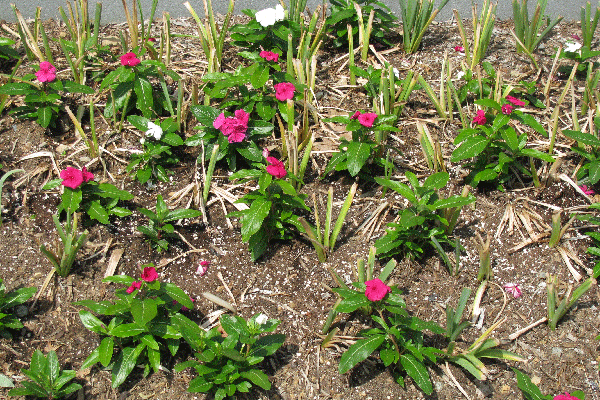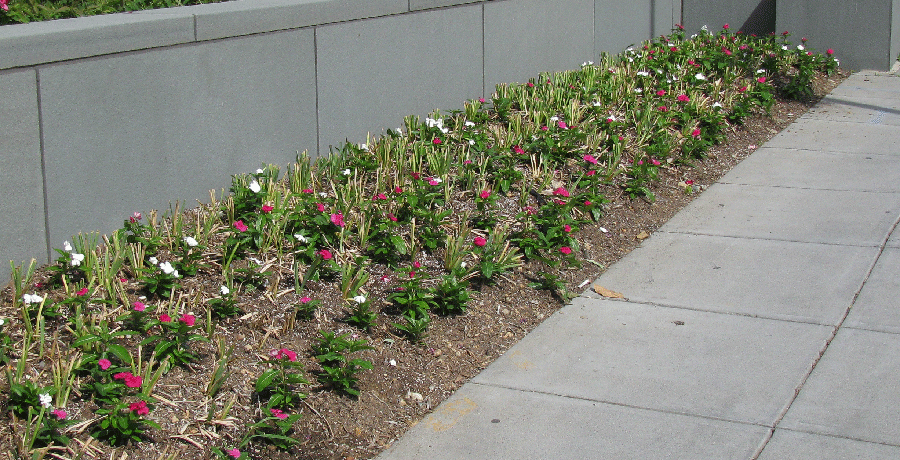Why Should Foliage Remain in Place?
Spring flowering bulb foliage is important in all seasons, not just while blooms are present. Tulip, hyacinth, and daffodil leaves manufacture the food for next year's bloom. Leaves produce the sugars that accumulate in the bulb, producing the large flowers.
Therefore, removing the foliage lowers the quality of next year's bloom. If foliage is removed, the next years’s flowers can be smaller or non-existent. Bulb foliage isn't particularly attractive, especially with no flowers present; leaves may be less than bright green. In fact, a couple of weeks after flowers have faded, the visual effect is one of a sickly looking plant.
Bulb Care After Blooming is Done
After bulbs bloom, cut or snap off the flower head. That prevents the bulb from expending energy producing unwanted seeds.
Fertilize plants with a complete fertilizer such as 10-10-10 to provide nutrients for maximum bulb development. Use approximately one pound of fertilizer per 100 feet of bulbs. Make sure the fertilizer is watered in.
On tulips, cut the stems to the first leaf if the appearance is important. Make sure not to remove the foliage. As the foliage matures, leaves tend to elongate and appear straplike; in the case of tulips, leaves enlarge and flatten.
Daffodil foliage can be gathered as it becomes long and tied into a knot, braided or clipped together with clothes pins. Leaves will continue to manufacture food, but appear less gangly. Tulip foliage is more difficult to disguise or hide. Leaves are next-to-impossible to fold or bend to take up less space.
Interplanting
Another approach is to interplant between your bulbs with annual flowers such as salvia or vinca to hide the ugly foliage. As the annual flowers mature, they'll hide the yellowing or browning bulb leaves. Allow the foliage to remain until it starts turning yellow or brown, which usually occurs in mid to late June. Leaves can be clipped and composted at this point without damage to next year's flowers.


